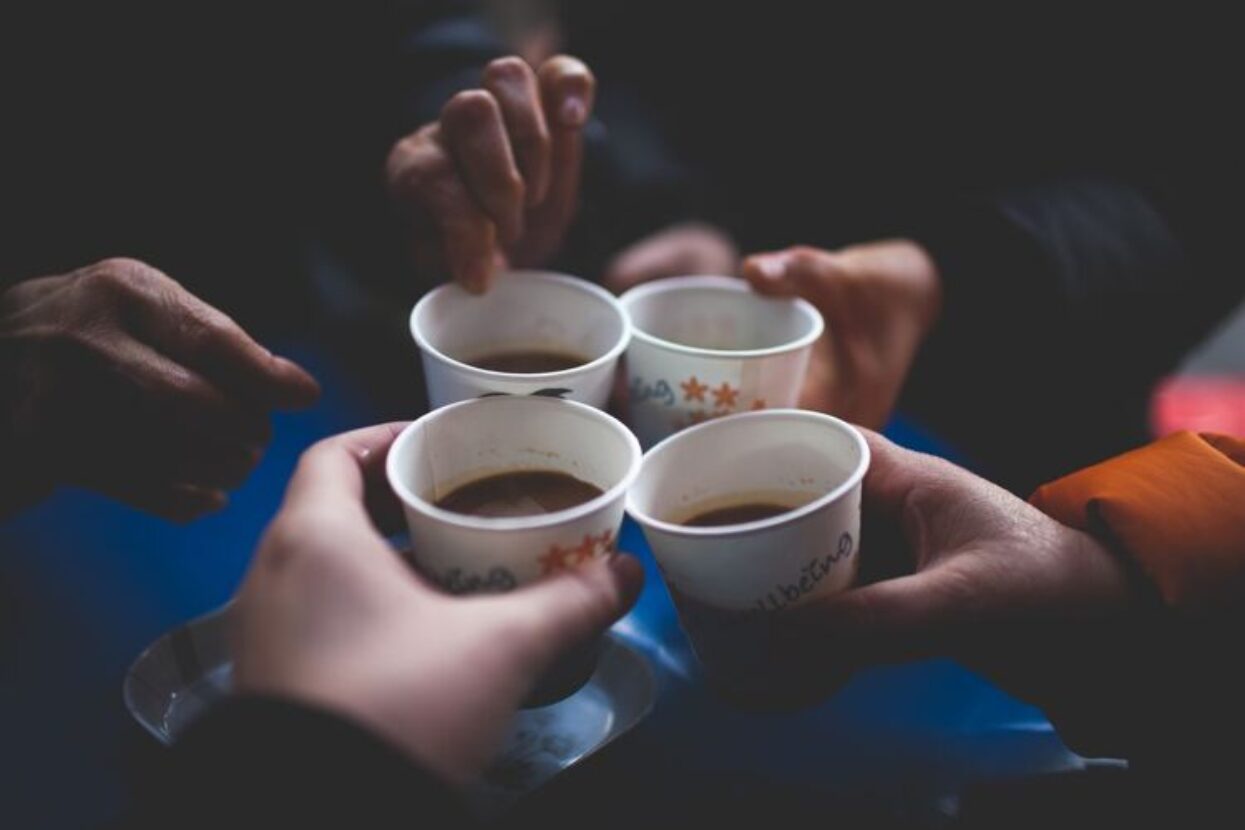
Xeikon announced that it is partnering with Kotkamills, a Finnish company which develops repulpable, recyclable and renewable paperboards for packaging and food service applications.
At the recent Xeikon Café event in Belgium, on display were samples of single use cups printed on a new plastic free stock. Xeikon announced that it is partnering with Kotkamills, a Finnish company which develops repulpable, recyclable and renewable paperboards for packaging and food service applications. Kotkamills is one of twelve recent winners of the NextGen Cup Challenge and Xeikon has been involved in testing its prize-winning material. The organisation behind the NextGen Cup Challenge is a consortium set up to address the problem of global food packaging waste and improving the associated supply chains.
The NextGen consortium is dedicated to advancing recoverable alternatives for hot and cold food packaging. It was founded by Starbucks and McDonald’s and supporting members include Nestlé and CocaCola. The NextGen Cup Challenge recognises sustainable design, material and chemical innovations to reinvent fibre cups and it attracted nearly 500 entries from around the world. The “to-go” cup is NextGen’s first focus for innovations and change, and Kotkamills has been recognised for its Aegle and Isla boards.
Xeikon reckon that users of its 3500 dry toner digital press can use the Isla board and associated converting to create new business opportunities. The material is plastic free but doesn’t leak and has a pleasing feel to it. Xeikon’s toner is food safe as well as being deinkable, but if the printed cup doesn’t make it to the pulping stage, the Isla substrate biodegrades in landfill. Xeikon has tested Isla board for toner adhesion and productivity on press and has found both to be excellent. The material uses a water-based dispersion which creates a barrier layer that resists static charge. Unlike PE coated substrates which can become charged with static electricity when passing through a digital press at speed, Isla is static free. This is down to the water-based dispersion layer and means that the press can run at high speed. It also means that the printed output is easier to stack.
For digital printers the combination of a Xeikon 3050 and the Isla substrate offers some interesting possibilities for short run, bespoke cup printing. And it provides a plastic free option that consumers will probably appreciate. They can feel less guilty about using disposable cups, secure in the knowledge that the material can be recycled or will readily decompose. What’s needed now is greater innovation in recycling supply chains, so that more paper reaches recycling systems instead of incinerators.
Source: This article was produced by the Verdigris project, an industry initiative intended to raise awareness of print’s positive environmental impact. This commentary helps printing companies keep up to date with environmental standards, and how environmentally friendly business management can help improve their bottom lines. Verdigris is supported by the following companies: Agfa Graphics, Spindrift.click, EFI, FESPA, HP, Kodak, Kornit Digital, Ricoh, Splash PR, Unity Publishing and Xeikon.